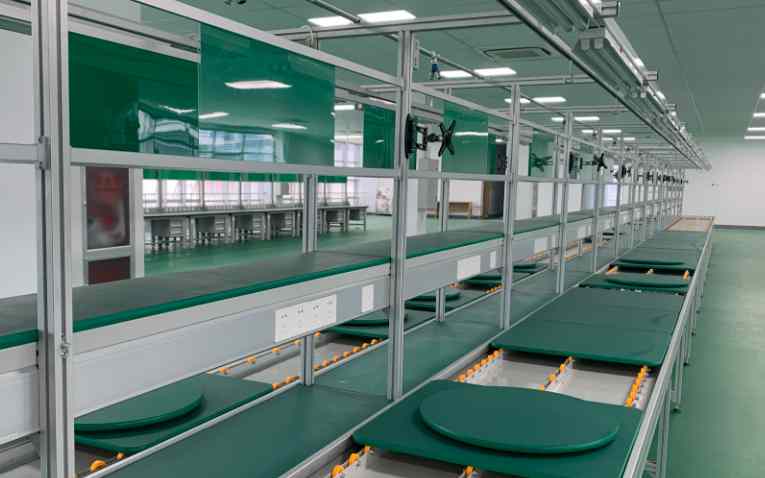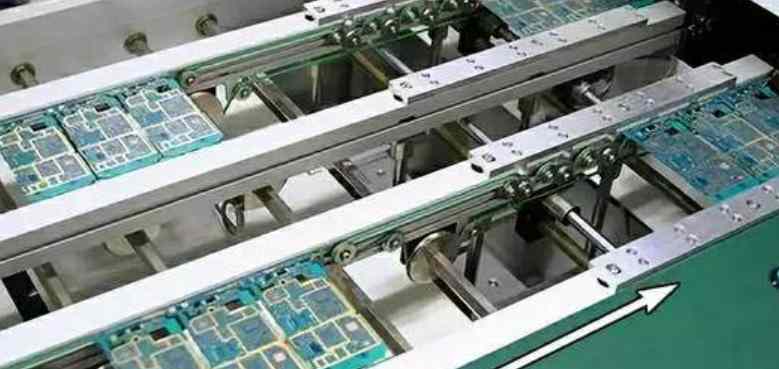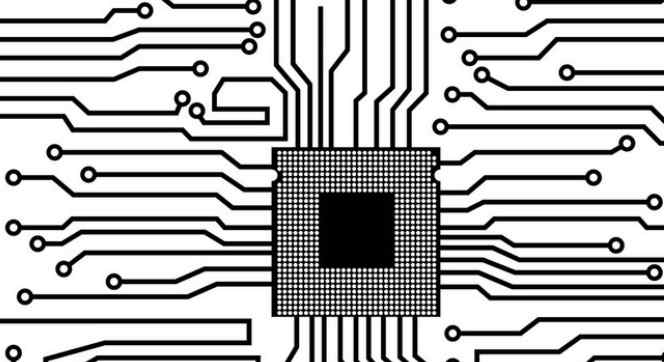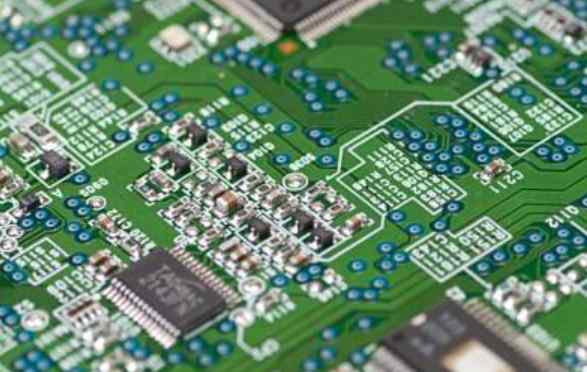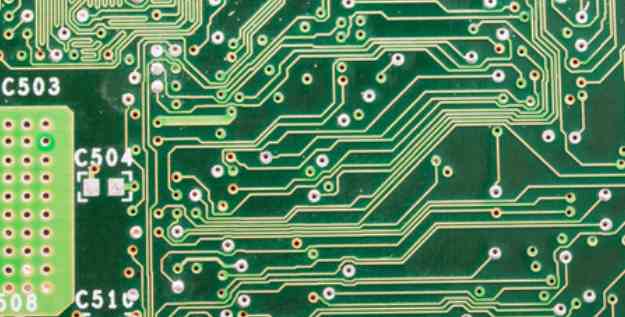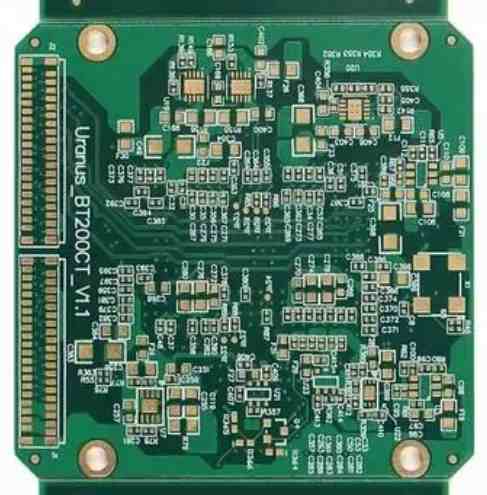
We believe it is more of a pre-dawn calm than a major shift in the market. We are looking at 5G technology because once 5G is launched, it will start in China first, then in Europe and the US, and telecom companies all over the world will replace their infrastructure. Immediately afterwards, everyone, including myself, would get new phones so that we could have access to this new, wonderful technology. When that happens, it will trigger a new wave in the market.
Johnson: As I recall, you mentioned something different from the past, for example, 5G will be rolled out first in China. In the past, such products tended to be launched first in Europe.
Martin: Huawei is the leading Chinese company in the world and they are almost ready to roll out 5G, but I think the US restrictions will cause a delay in that plan. Us restrictions on the flow of data to companies and individuals have limited the number of US companies able to work with Huawei, which is worrying. For example, Qualcomm is an important partner of Huawei. This has also led to delays in 5G for Huawei, which I think is part of the reason why they didn't launch 5G as planned. The same thing happens with Android; Huawei was forced to develop its own system. At the moment, what we are hearing from suppliers is that 5G will be rolled out first in China, followed by Europe. The United States is currently dithering over which companies to partner with. I don't think they made a decision, but I believe the US has restricted the use of any Huawei products, so even if Huawei comes out with 5G products, we won't be able to buy them in the US.
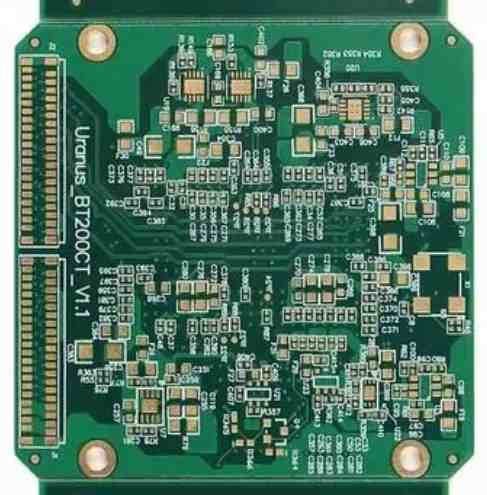
Johnson: This information is very important. What changes do you expect to see in the next five years?
Martin: I hope we'll see more parts end their lives faster. We are in the early stages of moving to a smaller size, so I see a lot of purchasing issues with users that make them hesitant to redesign their products. There are hurdles and delays, especially in the medical field, where it takes 18 months to re-certify. We also run into problems where users are not in the habit of redesigning their products in a timely fashion, which creates grey areas and increases the likelihood of buying counterfeit products. When there is a shortage of supply, you have the opportunity to see more counterfeit products. In general, this technology shift is happening all the time; It has already started, and it will ripple through all other commodities. You see it only on MLCCS and resistors right now, but it will eventually ripple across the entire technology base.
Johnson: The next question we usually ask in these kinds of conversations is, "What are the things that keep you up?" But, I think you've probably already answered that question (laughs).
Martin: There is (laughs). Because my team is spread out all over the world, we are involved every time something goes wrong, when it escalates from site to site. New shortages appear every day, and each one brings challenges that affect earnings and shipments. So, what can you do and how can you do it? We've been looking for solutions. I would say that there are different problems every day, but they all come down to trying to meet the needs and requirements of the users and finding parts in the market. At this point, most parts are not about long lead times, but about the end of life of the parts.
However, few users can predict beyond 30 weeks when parts are purchased. If it takes us three weeks to make the product, it takes 33 to 34 weeks from the time the customer places the order to the time the product is delivered. Few customers, at least in the electronics industry, can predict what will happen to the market after such a long time; Most customers expect to receive their products within 12 weeks, and parts delivery can take up to 30 weeks, so you're always busy finding parts for them.
Johnson: That would be too much for a professional like me.
Martin: When you get a call from the general manager of a customer, telling you how urgently they need these parts and are desperate for help. We can only try to find a solution for them. I have come across a particular part that the manufacturer has informed us that it will not be produced after December this year. We found them out of stock when we went to place our order. Even if their life ends in December, they're not going to make any more of them. This is the current reality.
Johnson: That's going to happen more and more with these older components.
Martin: Yes. We made a lot of efforts. We look for any available parts from the inventory of franchisees around the world. At the same time, we work with customers to get them to license or redesign new parts, and then we scour the grey market around the world for any parts we can find and test them. That's how you do the job.
Johnson: This is a cautionary tale for teams that are designing or maintaining an existing design. If they turn around too slowly, it will be their way of life.
Martin: Exactly. That's how they're going to survive. This affects their revenue stream, as the manufacturers they choose are unable to produce the parts they need, or receive them late, so their unit costs go up, because the tighter the market, the higher the price. The customer is most focused on checking the design cycle and using the smallest components possible.


